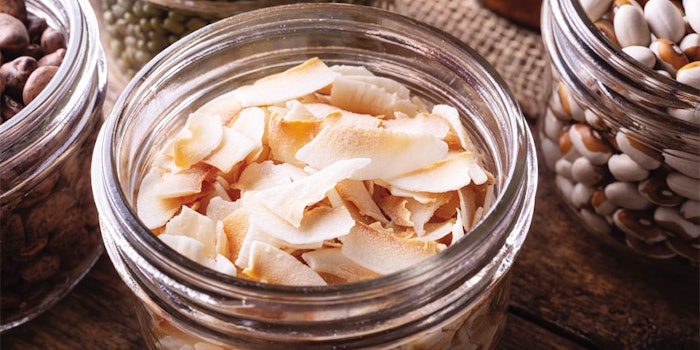
Myrtle essential oil
Source: Robertet
21 CFR 172.510, CAS# 8008-46-6, Myrtus communis, natural.
Odor: @ 1%. Green, herbal, cooling and spicy.
Taste: @ 2 ppm. Green, herbal, cooling and slightly hay-like.
Taste: @ 5 ppm. Green, herbal, oily and minty.
Possible applications: Herbal and mint type flavors will welcome this material with its green, cooling notes, including basil, rosemary, eucalyptus, mints, fennel and more. Other flavors where it will add interest are gin, root beer and sweet spice blends.
Robertet: www.robertet.com
Zingerone
Source: Sigma-Aldrich
FEMA# 3124, CAS# 122-48-5
Natural occurrence: Cranberry, ginger, oregano and raspberry.
Odor: @ 1%. Warm, vanillin-like, sweet, woody, brown and slightly toasted.
Taste: @ 10 ppm. Sweet, brown and slightly vanillin-like.
Taste: @ 20 ppm. Sweet, woody, brown, smoky and phenolic.
Possible applications: Although this component occurs naturally in ginger, its sweet, warm notes will also enhance brown flavors like vanilla, maple, chocolate, rum and whiskey.
Sigma-Aldrich: www.sigmaaldrich.com
For the full article, please check out the Perfumer & Flavorist+ November 2021 issue.










